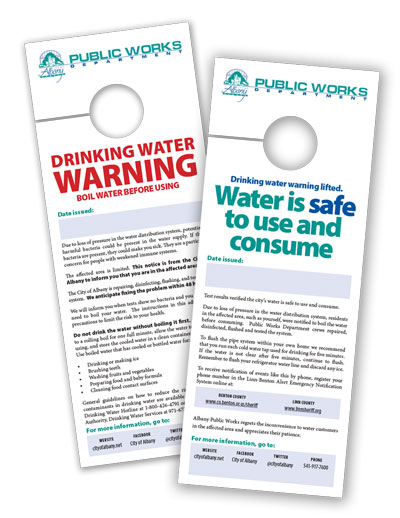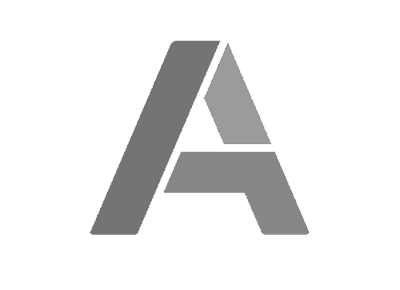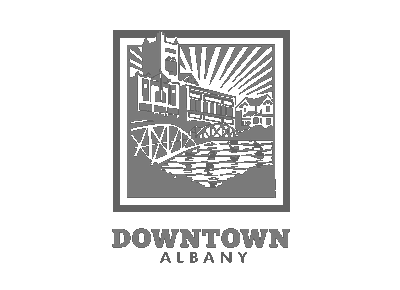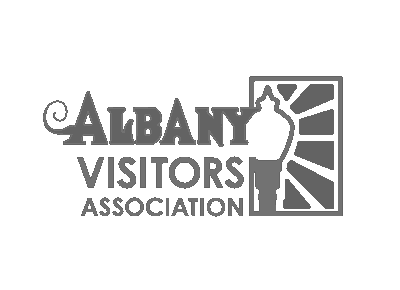Quality drinking water comes from proactively managing the water system in a way that prevents or reduces contamination of drinking water from source to tap in order to reduce risks to public health. This is known in the drinking water world as the multi-barrier approach to safe drinking water. The five elements of the multi-barrier approach are:
2.
Robust water treatment
3.
A secure and maintained water distribution network
Source Water Protection
The cities of Albany and Millersburg and the Dumbeck Lane Water District receive their drinking water from the Santiam River system via two water treatment plants, one served by the Santiam-Albany Canal and the other by the main stem of the Santiam River. Protecting these drinking water sources is vital to sustaining our safe drinking water supplies. A source water assessment report was completed by the Oregon Department of Environmental Quality in 2002 for the water serving the Santiam-Albany Canal. The report concluded that the source water may be susceptible to contamination from sediments (turbidity), microbiological sources and nutrients. Click here to view the Summary Brochure.
While drinking water quality impacts are not likely to occur from these potential contaminants due to our robust treatment systems, it is important to protect these water sources to reduce the potential for contamination and the need for additional treatment. To help protect our water sources, the City supports the following programs:
- South Santiam Watershed Council
- North Santiam Watershed Council
- Calapooia Watershed Council
- Eco Rangers
If you would like to help in protecting our community’s drinking water sources, we encourage you to visit the websites above and consider volunteering. At a minimum, make sure you dispose of household hazardous wastes and use pesticides/fertilizers properly.
Water Quality Monitoring Programs
The City of Albany samples our drinking water for approximately 88 different regulated contaminants on an ongoing basis (continuous, daily, monthly, quarterly, and annually or another monitoring schedule, depending on requirements). Sampling is conducted to 1) assure water quality and 2) look for changes or trends on which to base operational decisions. For more information on our water quality monitoring programs, see below:
Cross Connection Control and Backflow Prevention
The Safe Drinking Water Act requires the City of Albany to maintain a cross connection control program to protect the drinking water from pollution and contamination. To learn more about the City’s program, click here.
Water Quality Data
To comply with the Safe Drinking Water Act, the City of Albany submits water quality data to Oregon Health Authority Drinking Water Services (OHA). OHA enters this data into their Safe Drinking Water Information System (SDWIS). The data is displayed online for all public drinking water systems at yourwater.oregon.gov. You can look up data by using the system’s name (City of Albany) or identification number (#4100012). SDWIS provides the most real-time water quality data available. If you have questions about this data, please call us at 541-917-7600 or email. You may also contact OHA by calling 971-673-0405.
Annual Water Quality Reports
The 1996 Safe Drinking Water Act Amendments required all Community Public Water Systems to begin providing customers with an annual Consumer Confidence Report, otherwise known as a Water Quality Report. The reports must be delivered to customers by July 1 each year for the prior calendar year. This report provides important information about the high quality of drinking water Albany provides to homes, businesses, and industry throughout the City of Albany, City of Millersburg, and the Dumbeck Lane Water District. If you have questions about these reports, please call us at 541-917-7600 or email.
Water Quality in the Home
Do you have questions about the quality of water in your home? Check out these frequently asked questions. If you still have questions, please call us at 541-917-7600 or email.
Reducing exposure to lead in Albany
Lead-contaminated drinking water in Flint, Michigan recently has drawn national attention to the issue of controlling lead exposure in public drinking water systems. The City of Albany has worked to control lead in its water system for many years; it is one of our standard operating procedures for keeping drinking water clean and safe. Many Albany water customers may not know what we do to control lead, or why. Visit www.cityofalbany.net/lead for more information.
Water System Emergencies
The health of our water customers is our Number 1 priority. When an emergency occurs in the water system that could negatively impact health, our top priority is to notify our customers as quickly as possible so you can take action to protect your health.
Albany water customers have several options for receiving notice of water and other emergencies in the area. The City of Albany uses Nixle, FlashAlert, Facebook, Twitter and the Linn-Benton Alert emergency notification system. Users can choose text, email or telephone alerts to receive notifications, providing a way for a parent to receive information that may affect their child’s school, or a family member to receive notifications about events near their elderly parent’s home. To stay informed, be sure to sign up for the emergency alert systems here: https://www.cityofalbany.net/alert, like us on Facebook, follow us on Twitter, and check our website. In small localized emergency events, make sure to check your front door for any emergency information! If you are concerned an emergency is happening and have not received notice, please call us anytime at 541-917-7600.
Some emergency events require the City to issue a health advisory, such as a boil-water or do-not-drink warning.
Boil-Water Advisories
 A boil-water advisory or boil-water order is a public health advisory or directive issued by a public drinking water system or by health authorities to consumers when a community’s drinking water is, or could be, contaminated by disease-causing organisms. It is a preventive measure that is intended to protect the health of water consumers when there is an actual or significant possibility that contamination may be present within the drinking water system. Click here for the Oregon Health Authority’s Commonly Asked Questions following a Boil Water Notice.
A boil-water advisory or boil-water order is a public health advisory or directive issued by a public drinking water system or by health authorities to consumers when a community’s drinking water is, or could be, contaminated by disease-causing organisms. It is a preventive measure that is intended to protect the health of water consumers when there is an actual or significant possibility that contamination may be present within the drinking water system. Click here for the Oregon Health Authority’s Commonly Asked Questions following a Boil Water Notice.
In the 30 years that the City of Albany has owned its water system, it has issued boil-water advisories in response to two incidents, one in October 2015 and another in October 2016. The first occurred due to repair work on a water service line and the second happened when a water main was damaged during a construction project. In each incident, some homes had a complete loss of water pressure. Loss of water pressure may result in contaminated water flowing back into or infiltrating a City water main, posing a potential risk to the health of our customers.
Albany residents affected by boil-water advisories are informed by City staff via one or more of the following ways:
- Door hangers left on each property within the affected area;
- News releases;
- City website updates with media release and map of affected area;
- Updates to the City of Albany social media sites (Facebook, Twitter, Nixle); FlashAlert and the Linn-Benton Alert Emergency Notification System
Water line repairs are made and water pressure is restored as quickly as possible. Advisories may last for a day or longer because of the time required to analyze water samples for the presence of bacteria. When the results show that the water is free of bacteria, City staff follows the same communication steps to notify the public that the water is safe to use.
The health of the community is our top priority and Albany will continue to follow Best Management Practices to reduce the risk of contamination entering the water system.


